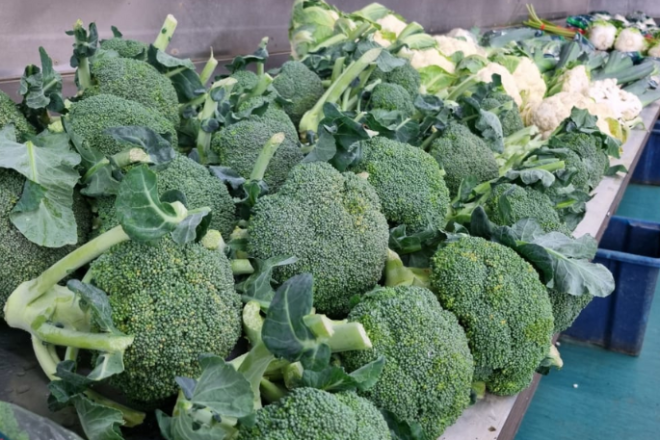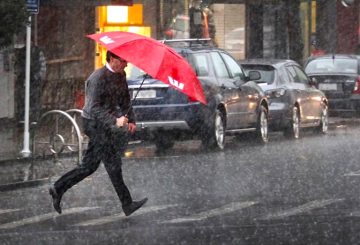이번 주 다양한 채소의 가격이 하락했는데, 이는 이번 주에 발표되는 식품 가격 지수를 앞두고 키위 소비자와 재배자들에게 반가운 소식입니다.
채소 생산업체인 LeaderBrand는 가격 하락이 기상 현상으로 인한 환영받는 회복, 따뜻한 기온 및 시장 전반에 걸친 풍부한 공급의 조합이라고 말합니다.
LeaderBrand CEO인 리처드 버크 (Richard Burke) 는 브로콜리가 대량 생산되면서 소비자들이 가격 인하의 혜택을 누리기 시작할 것이라고 말합니다.
“브로콜리는 이번 주에 1인당 2달러이고 다음 주에도 비슷할 것입니다.우리는 팀의 노력을 자랑스럽게 생각하며 뉴질랜드 사람들이 더 낮은 가격을 환영하기를 바랍니다.” 라고 그는 말합니다.
신선한 채소 가격의 하락은 소비자들에게 긍정적인 발전이며, 우리 모두가 감기와 질병을 예방하기 위해 비타민과 미네랄을 보충해야 하는 겨울철을 위한 완벽한 타이밍입니다.
“우리는 뉴질랜드 사람들이 신선한 농산물을 살 수 없는 것을 보는 것이 싫어요.채소는 건강하고 균형 잡힌 식단의 필수 요소이며 겨울은 신선한 채소가 풍부한 면역력을 높이는 중요한 시기라는 것을 알고 있습니다.
“앞으로 몇 주 동안 뉴질랜드인들이 브로콜리, 빙산 양상추, 시금치 등 싱싱한 가게에서 파는 다양한 채소와 같은 저렴한 가격의 혜택을 누릴 수 있기를 진심으로 바랍니다.” 라고 그는 말합니다.
전국의 재배자들이 정상적인 파종 및 수확 일정으로 돌아가기 시작함에 따라 소비자들은 보다 안정적인 가격을 책정하기 시작할 것입니다.
크레딧: sunlive.co.nz





























































